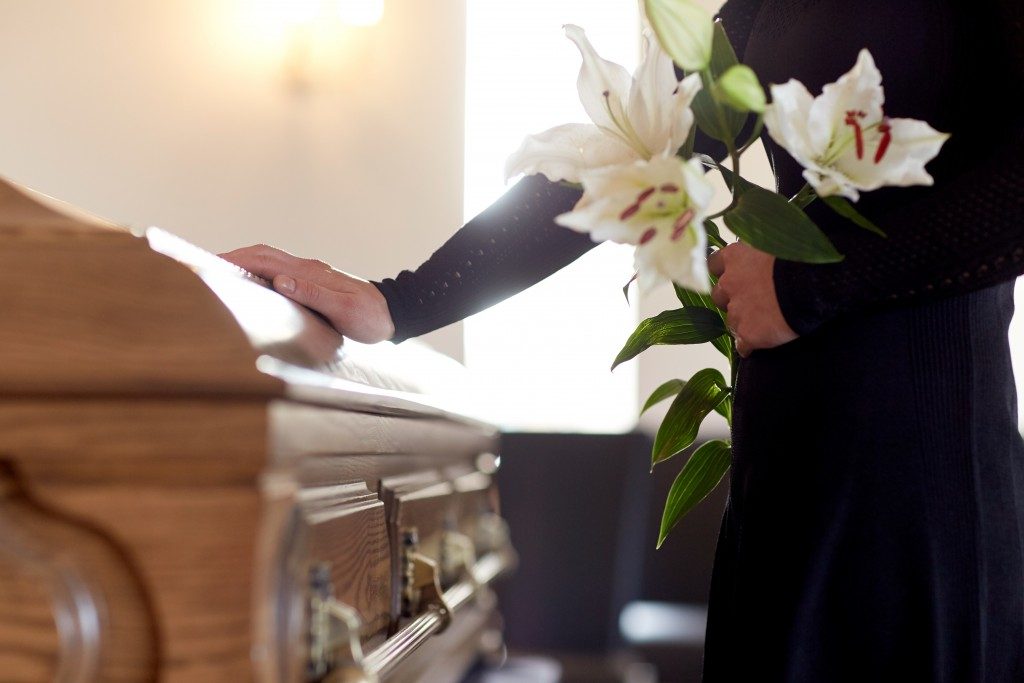Members of the Royal Family are in the limelight all their lives. Even their deaths are highly publicised. It is interesting to note that funerals for the members of the British Royal Family are planned ahead of time. The funeral plans and details for the Queen and the Duke of Edinburgh, for example, have long been set in case anything happens to them.
The Queen and the Duke were involved in planning their funerals. The Queen’s funeral plan is named ‘London Bridge’ while that of the Duke is dubbed ‘Forth Bridge’. Prince Philip wished for his funeral to be private. Given his naval and wartime service record, the father of Prince Charles specified a military funeral at St. George’s Chapel.
State Funerals
State funerals are automatically reserved to the sovereign head, and a motion should be passed in the Parliament’s House for its approval. The Royal Family is given what is called a Royal Ceremonial Funeral. A wake is held for at least three days at the Westminster Hall. Each corner is guarded by the sovereign’s bodyguard. The casket is placed in a catafalque in the middle of the hall.
The male members of the Royal Family then hold the Vigil of the Princes. This is a tradition that has long been practised by the Royalty. When Queen Elizabeth, the Queen Mother, died in 2002, the vigil was participated by Prince Charles, Prince Edward, Prince Andrew and the Viscount of Linley, David Armstrong-Jones. The princes who served in the military wore their naval uniforms. Princes William and Harry were also present during the Changing of the Guard.
When her Royal Majesty Queen Elizabeth II passes, the plan is to have her four children stand vigil over her coffin. The royal grandchildren, including the princesses, will be tasked to do the same. In the case of the Duke of Edinburgh, he wishes to do away with the fuss of receiving a state funeral.
After the wake, the casket will be brought to the gun carriage following the funeral route where it will be taken to St. Paul’s Cathedral or Westminster Abbey for the ceremonial funeral service.
The Armed Forces Special Ceremonial
There is a special ceremonial drill for soldiers as they line the route for the funeral procession during a royal funeral. For instance, once the coffin passes them, the soldiers lining the route will move their arms to a position that is regarded as ‘rest on your arms, reversed’. Another move, ‘reversed arms’, is used for soldiers escorting the casket where the arms are placed under the left arm and the barrel situated behind. This is done only in royal and military funerals.
Final Resting Place

The bodies of the Queen and Duke are set to be interred at the St. George’s Chapel at Windsor Castle after their deaths—just like many Queens and Kings of Great Britain, including Queen Mary and King George V, the parents of the Queen. The Duke and Queen will be buried side by side.
Ordinary British people can benefit from this example, especially the planning part. Since the state does not pay for the expenses of citizens’ funerals, getting pre-paid funeral plans in the UK will prove practical and useful for you and your loved ones. You can choose from the simplest plans to the more elaborate ones if you wish to go out with a bang.

